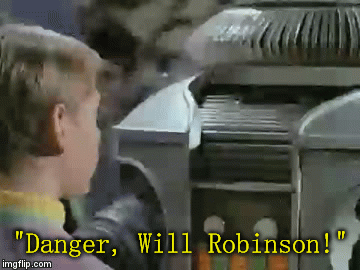King Richard made the first passenger carrying flight with his spaceship. For legal reasons, all the persons on board were employees of the company, even Richard himself, is technically an employee.
Although this was described as the first passenger carrying flight, it was a final test flight, thus, there were no paying passengers on board.
Virgin Galactic negotiated a TFR for the flight, giving them exclusive use of a significant piece of the airspace, and space, to them. They did not remain within the reserved airspace, and flew in space accessible to john Q Public. In actuality, I am sure that the public was excluded from much more than the reserved space, but that is beside the point.
The Virgin Galactic pilots were either unwilling or unable to alter the flight path to remain inside the clearance terms, and they did not request a deviation. If they were unable to alter course, they should have requested a variation, and I am sure that the FAA would have issued one immediately. BUT the controller might have asked if they needed to declare an emergency! The frequencies used were monitored by many outsiders with axes to grind. That would have forced VG to admit that they were not in full control of the space ship, and since the deviation brought into question whether they were going to land on the runway, or out in the desert, further test flights would have been required to establish that the flight could be returned to the safe flight envelope.
The possibility that an emergency had occurred would have crippled the time line and cost to achieve the first paying passenger flights. Financially, even the implied possibility of an out of control period, with a possible crash landing, were to be avoided at all cost.
VG is blaming upper level winds for the deviation. They did not have technology in place to measure those winds? What if those winds were turbulent? Could that have been the real cause of the inverted spin of the earlier flight? Could similar wind from a different direction compromise the ability to return to a safe landing? What true ability do the pilots have to alter their trajectory after the rocket burn starts?
All of these questions, and more, will have to be answered to the FAA's satisfaction before the first true passenger flight occurs, and may include several flights to demonstrate that the flight CAN have the trajectory / flight path changed to compensate for those outside factors. If the path cannot be altered enough to stay within glide range of the runway, perhaps the FAA will mandate a red handle and sequential chutes of increasing size, deployed to provide a gentle landing off airport.
When the military / government research flights fail to get back to the runway out there, they eject, and the plane becomes a smoking pile of scrap metal. That is not an option if you are carrying paying passengers.
The hope to avoid any new attention from the FAA by describing the whole flight as "Within all company parameters and procedures", and instructing the pilots to downplay the computer generated yellow caution light, and red warning light, as not important, will be closely inspected but the FAA. All thjose parameters and procedures will be examined for their true safety margins.
In the airline world, there are yellow lights that make departure illegal, but continued flight legal, and if the light turns red, land at the nearest suitable airport, such as yaw damper failure. One fail, you do not take off, two, you must land. Such criteria depend on the hazard presented to the specific aircraft, and the yellow and red light logic of the VG spaceship will have to be analyzed to see what can be tolerated with passengers on board.
King Richard has set the internal biases such that the possibility of the FAA asking those questions would be averted.
No, the FAA is going to find the inconvenient answers, and future revenue flight will be delayed.
The use of the title "King Richard" comes from the manner in which he treats the Pilots and FA of Virgin Airlines. If you visit PPRUNE, you will find that is the normal terminology there. That attitude toward those who report to him is a dangerous one at the edge of the envelope. Especially at the edge of space.
VG and the King may regret the termination of two of their brightest minds for speaking to truthfully.

